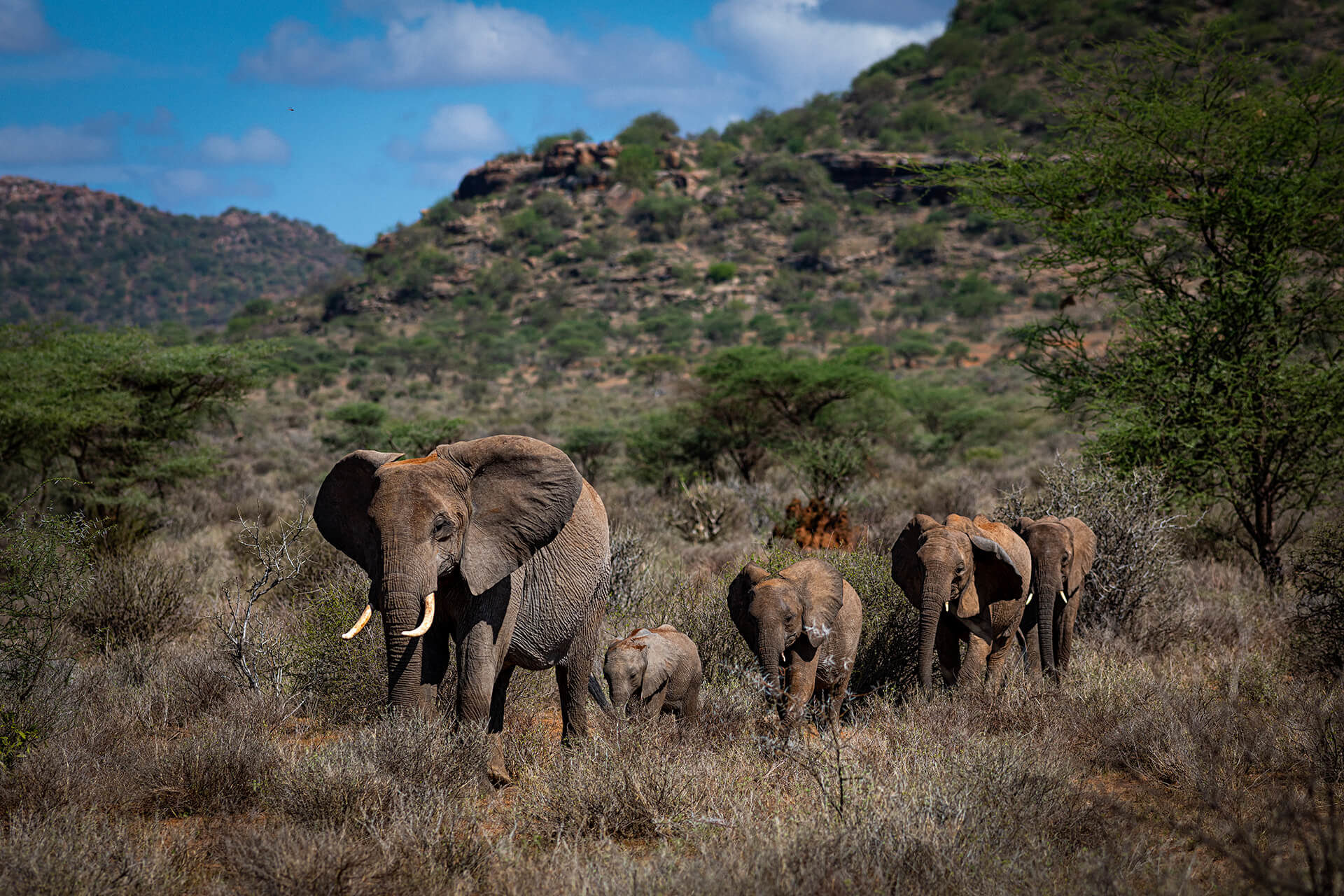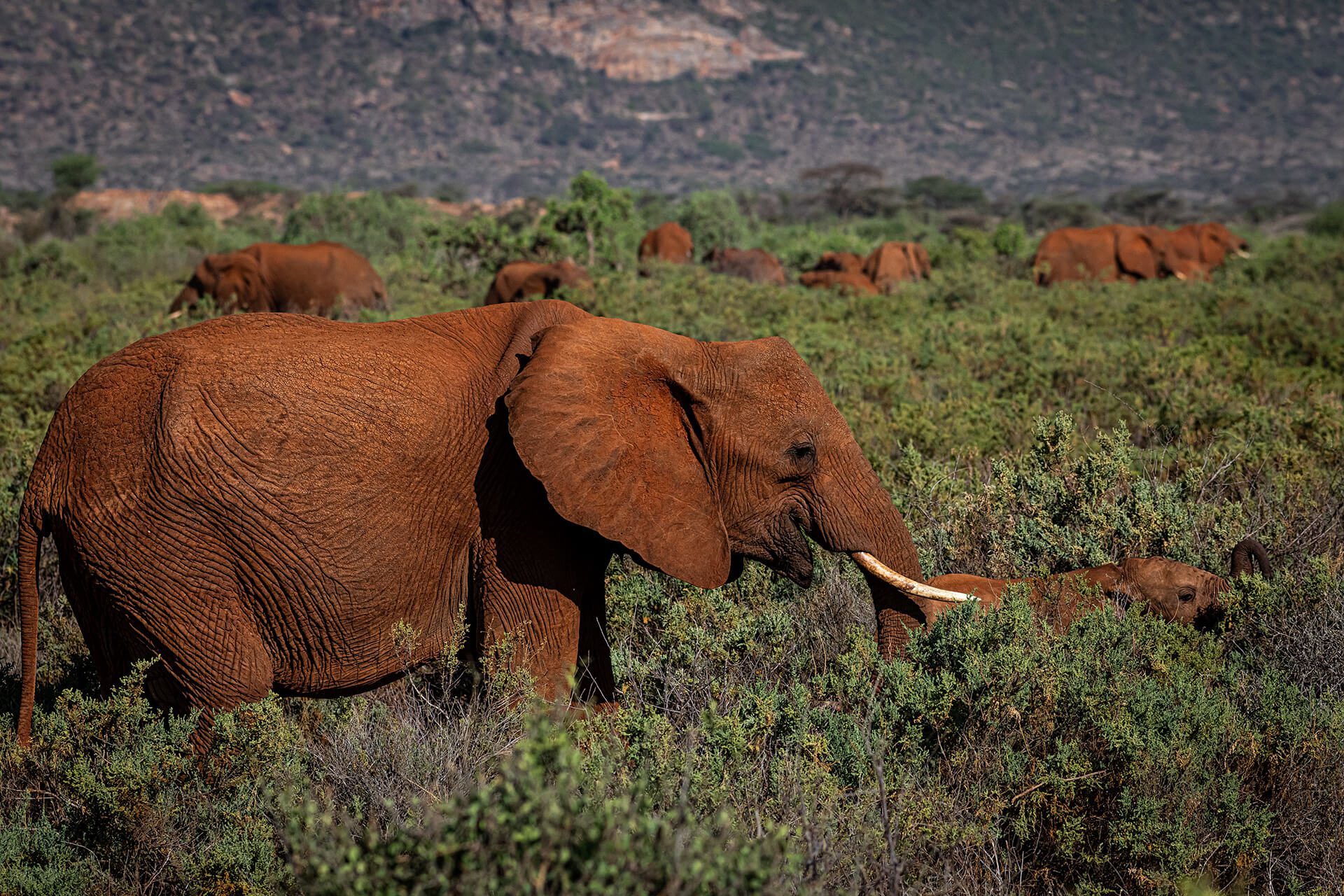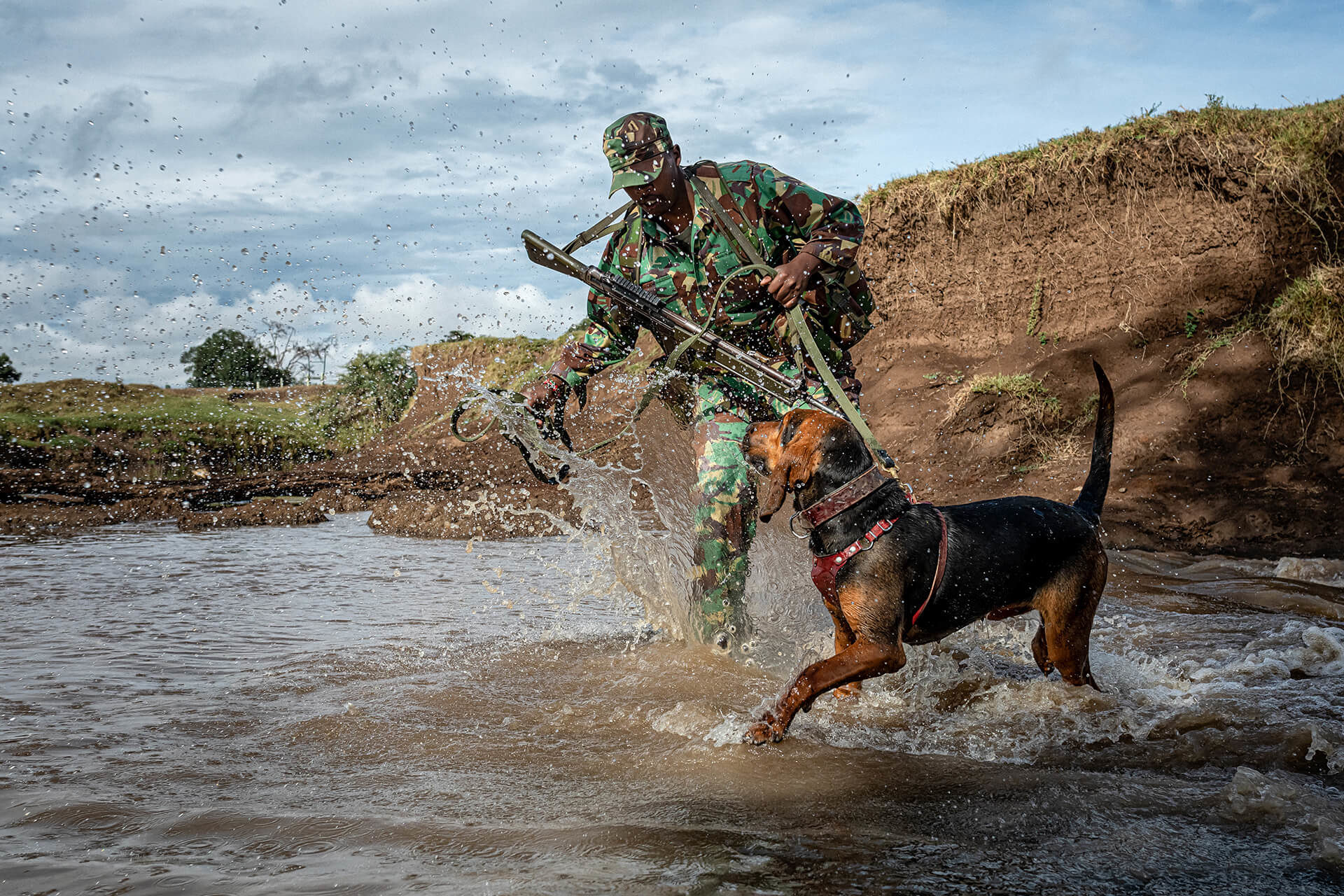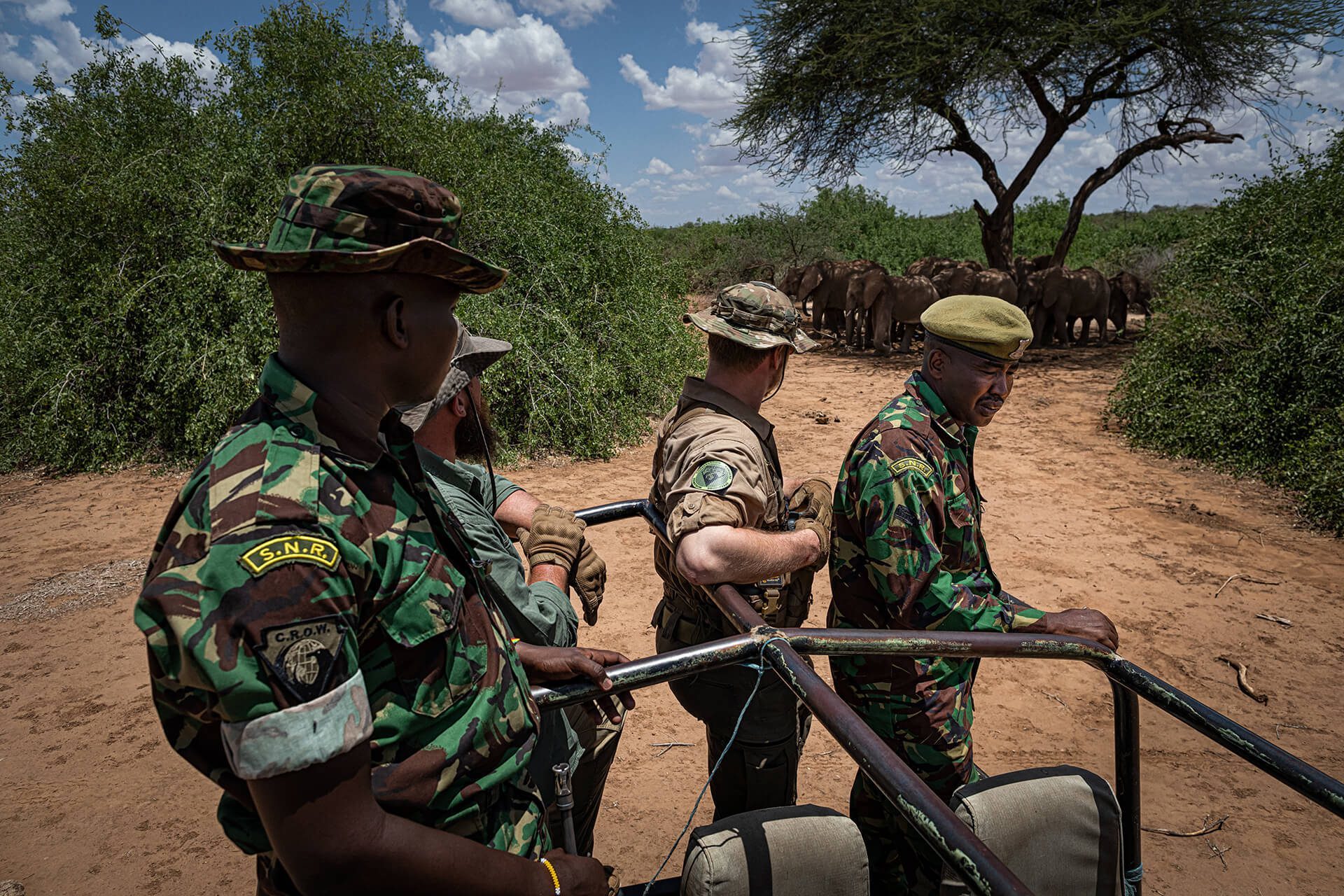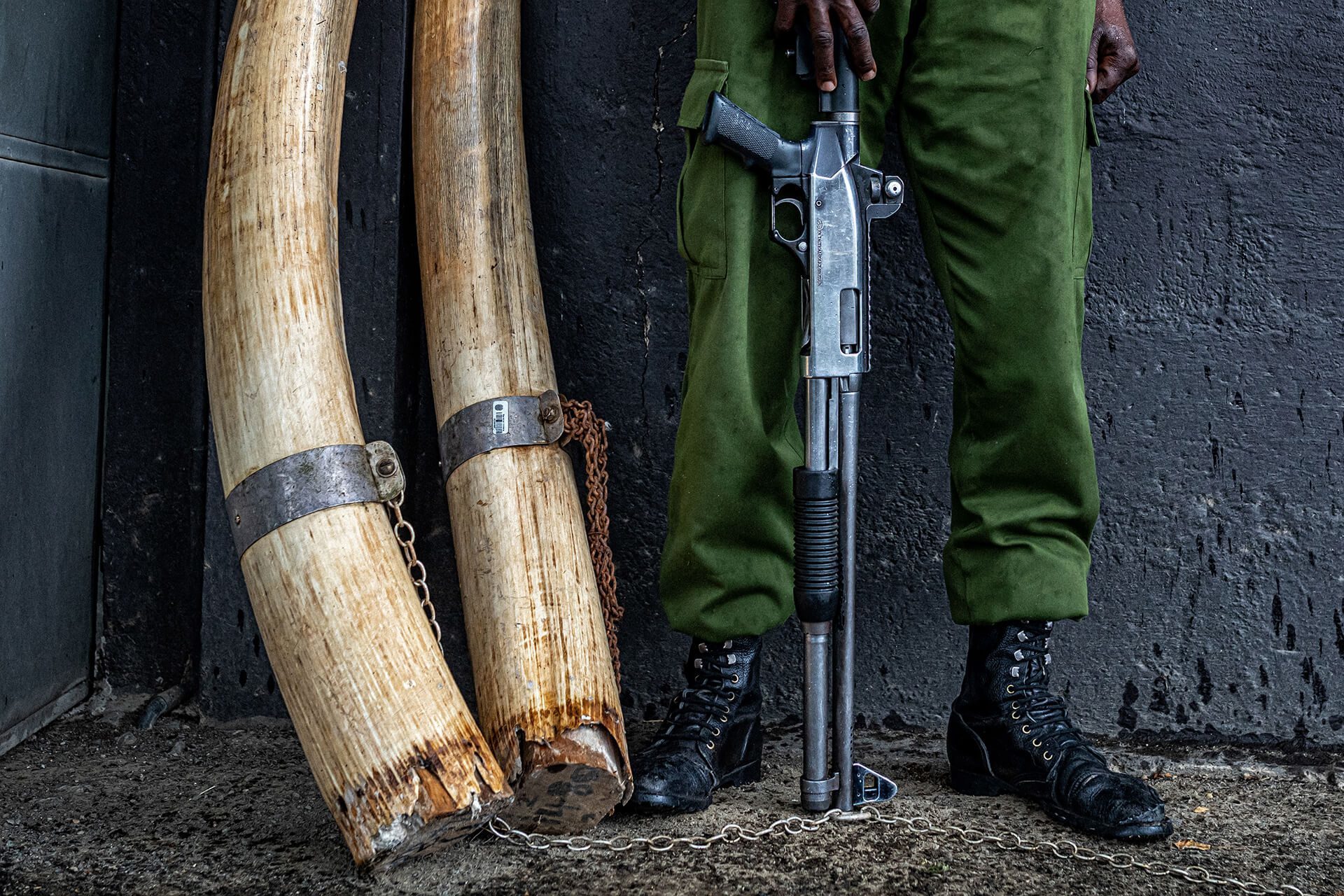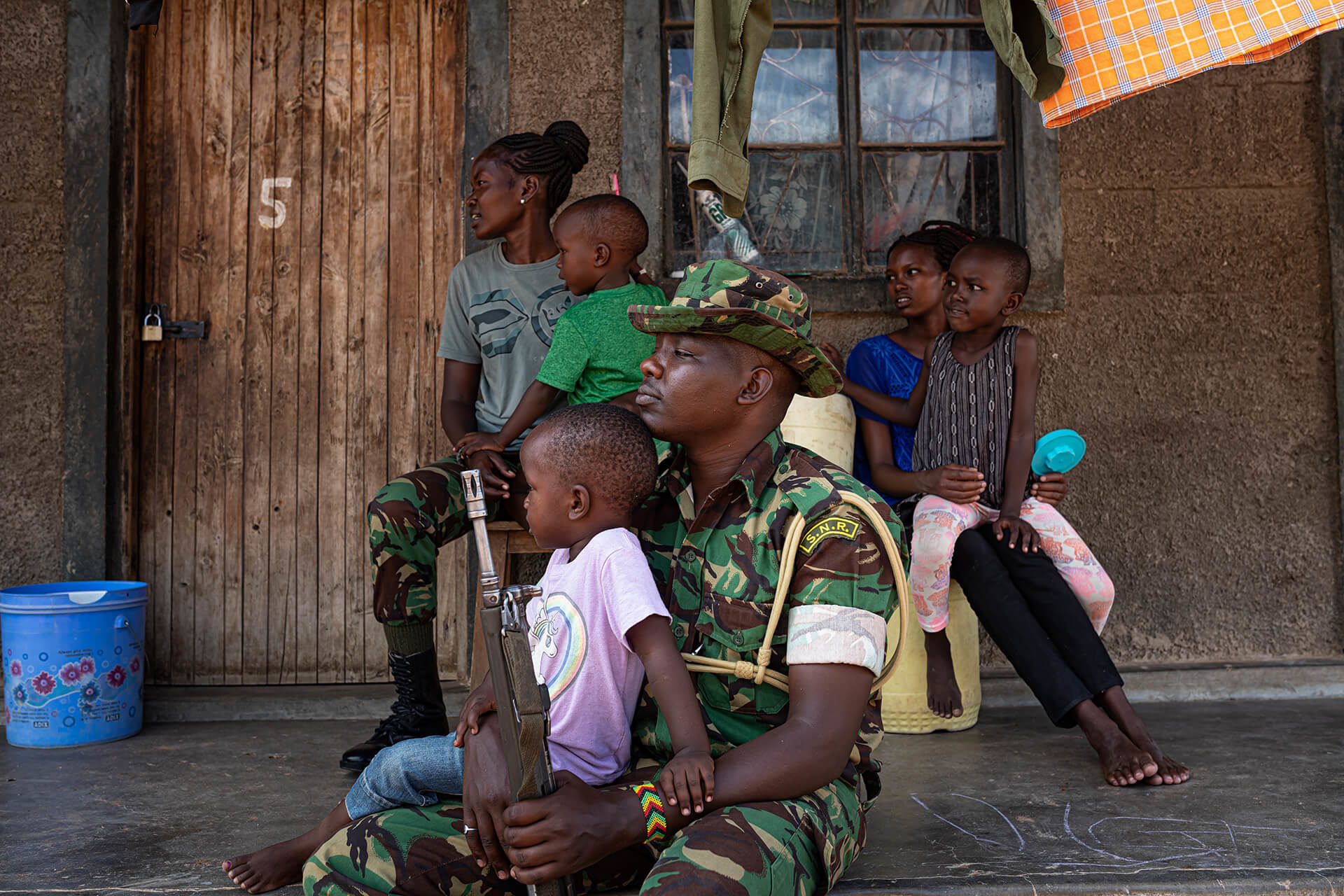Elephant Poaching Continues in Kenya
African elephants are back on the list of endangered species – the pandemic’s opened doors for poaching again. Bostjan Videmsek (writer) and Matjaž Krivic (photographer) visited Samburu National Reserve in northern Kenya where the elephants are thriving due to the hard work of local rangers, a very engaged local community and draconian legislation. Kenya wildlife conservancy is a success story but increasing population growth and the harsh consequences of climate change such as drought and erosion are creating a new front: competition between humans and wildlife for essential resources and space. For – survival.
Mike Lesil, a 40-year-old ranger at the Samburu National Reserve, bent over the carcass of a young female elephant. As a final farewell gesture, he gently placed a freshly sprouted twig inside the crater that used to be her skull.
“Rest in peace, dear friend,” the seasoned ranger whispered with tears in his eyes. Then he averted his gaze from the murdered elephant and looked impotently at the sky.
“Every time one of elephants dies,” he murmured, “a part of us dies as well. A part of me. The elephants are sacred animals. They’re our friends, our comrades, our life-companions. We’re supposed to be their protectors. And yet we failed again. I can’t tell you how sad and angry that makes me feel.”
The young female was killed by the members of a traditional pastoral community residing on the outskirts of the Samburu National Reserve, at the bank of the Ewaso Ng’iro River.
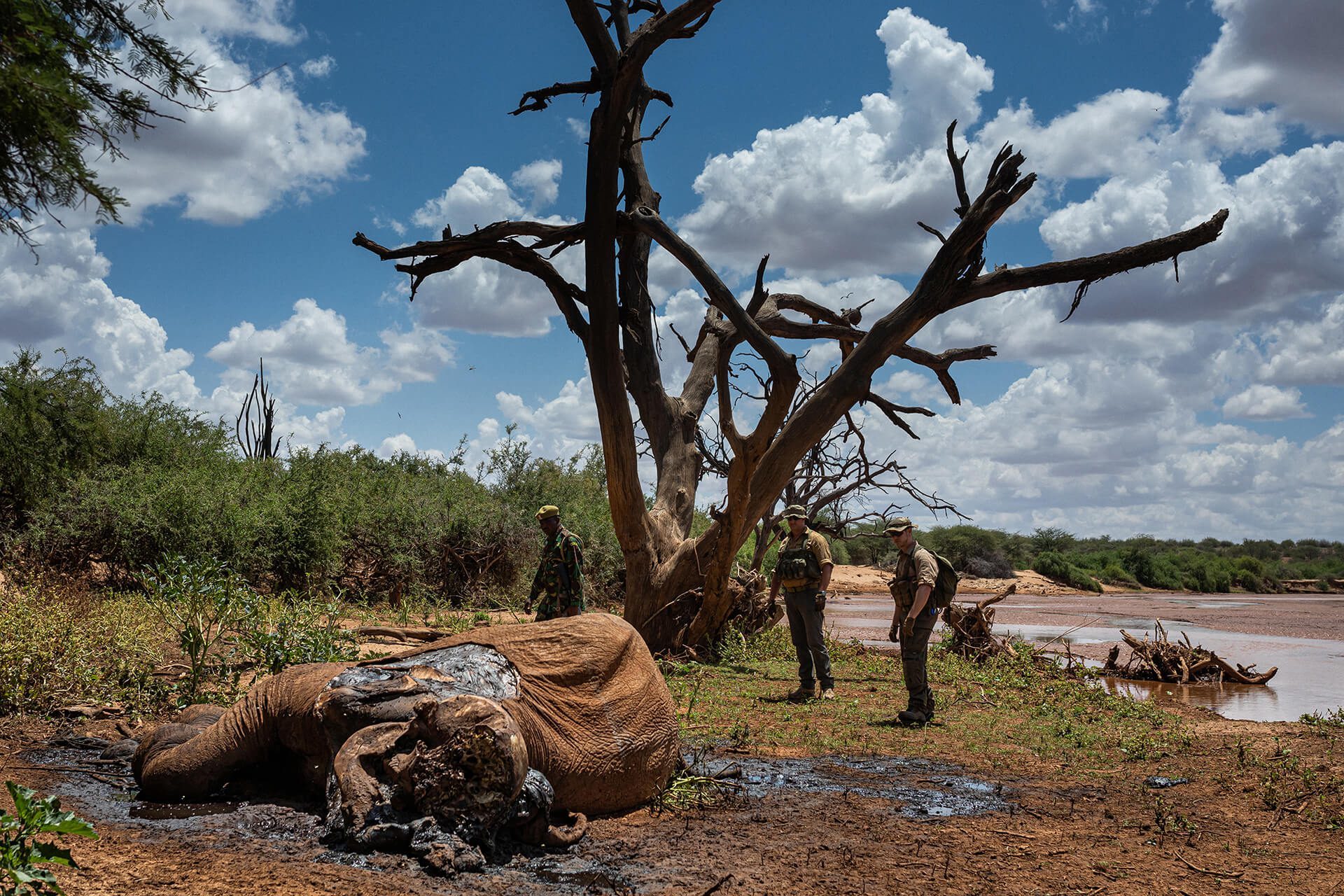
The unfortunate elephant’s crime was to take a stroll across one of the community village lands. In less dire times, she may have even been forgiven. But not now. Incensed probably as much by the droughts, the exploding population, the soil erosion, and the wholesale wages of climate change as by the young female, a local herder reached for his automatic rifle.
The big strong animal did not die at once. She managed to cross the shallow muddy river and somehow stumble on to the reserve, where the wildlife is safe – in principle at least.
Desperately seeking succour, the wounded elephant followed the river downstream, leaving a dark red trail behind. Then she ran out of strength and collapsed. One of the nearby herders notified the rangers, but they were too late. On their arrival, she had already bled to death.
A Very Positive Turn
“This is the driest part of the year. The conflict between humans and animals is at its worst. And it gets worse every year. We used to chase Somali poachers, organized crime groups and local thieves hired by the ivory traders. Now most of the elephants are murdered by the local herders fighting the wildlife for pastures and water,” Mike Lesil explained. We had joined him on his daily rounds along the scorching Samburu Reserve.
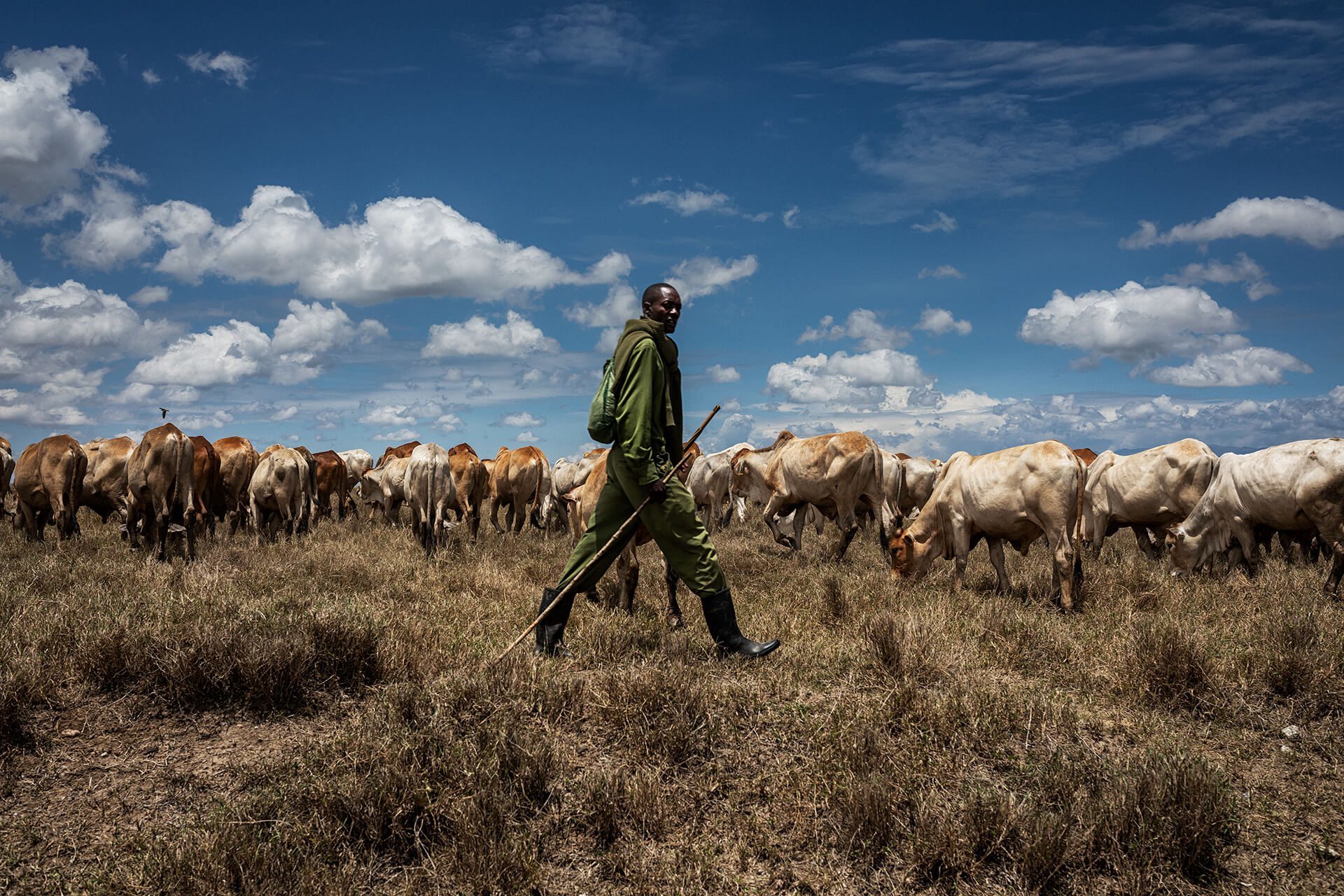
Lesil is certainly one to make historical comparisons, given that he joined the rangers back in 2001. The rapid degeneration of the local environment has taken a toll on his worldview. The fact remains that the young female didn’t die for her tusks. If she died of any one thing, she died of the consequences of climate change, fuelled by much the same appetites that fuel the ivory and rhino horn trades.
“That was such a rotten day,” said ranger Joshua Kakai Lesorogol, redoubling his grip on his German automatic rifle. “I’m so mad. What I really want is revenge. Murderers should always pay. I want to shoot the guy, just like he shot her.”
Meanwhile, an entire extended family of elephants had gathered in the shade afforded by the nearby trees. The herd was organized around three senior matriarchs. The adult elephants were standing in a circle, providing shade for the young ones in the center. The tracks left by the herd showed that the members had stopped by the dead female – all of them at the same time.
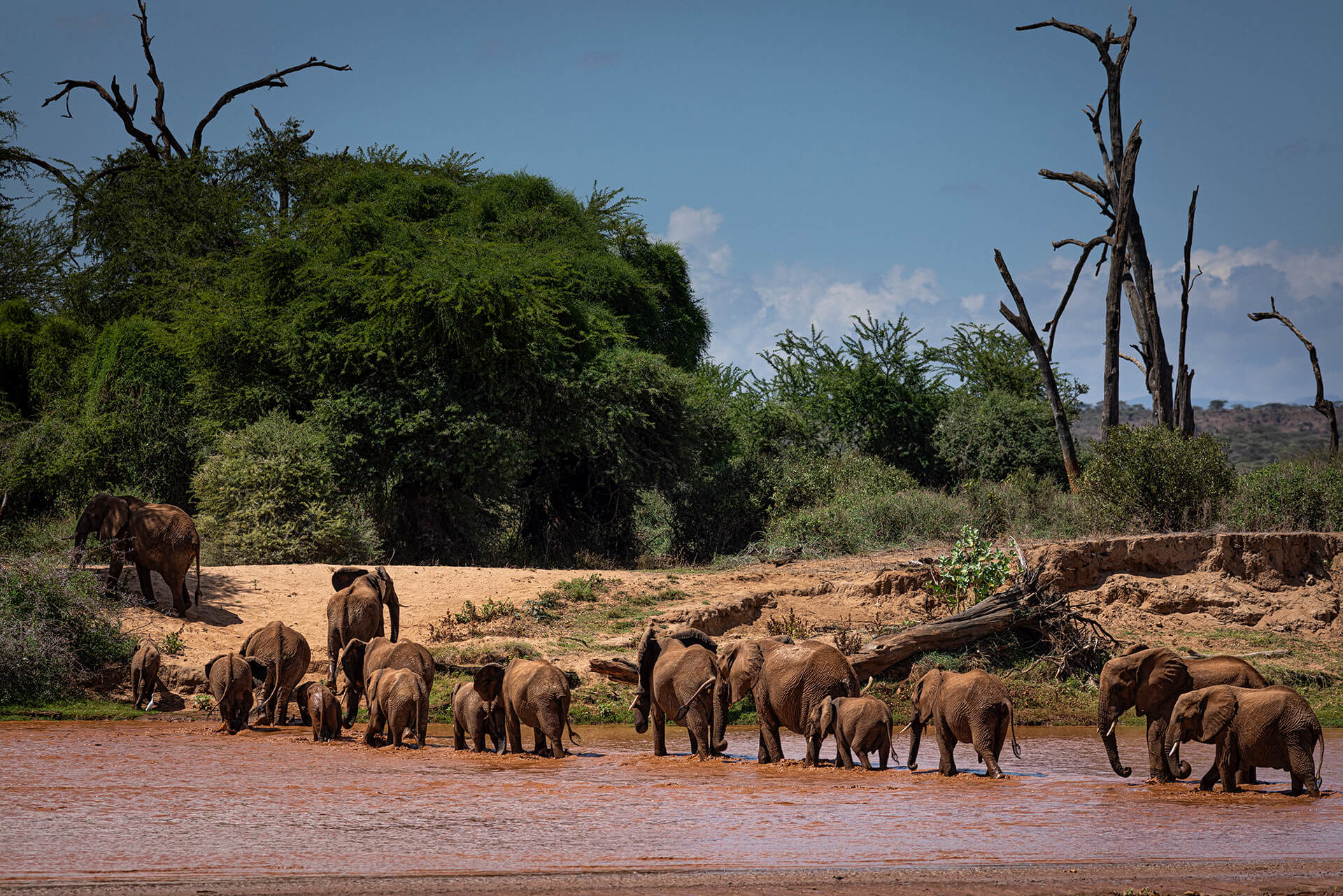
The rangers ventured that she had not been a part of their family. Yet they went to pay their respect all the same.
“Did you know that elephants grieve?” Mike Lesil inquired quietly. “Deaths such as this one hurt them deeply. Sometimes the pain becomes etched into their memories. I’ve seen too much to believe it could be mere instinct for them. The elephants can feel and think. They’re very self-aware, and also highly attuned to the environment they inhabit.”
Mike and his fellow rangers come across a murdered elephant twice per month.
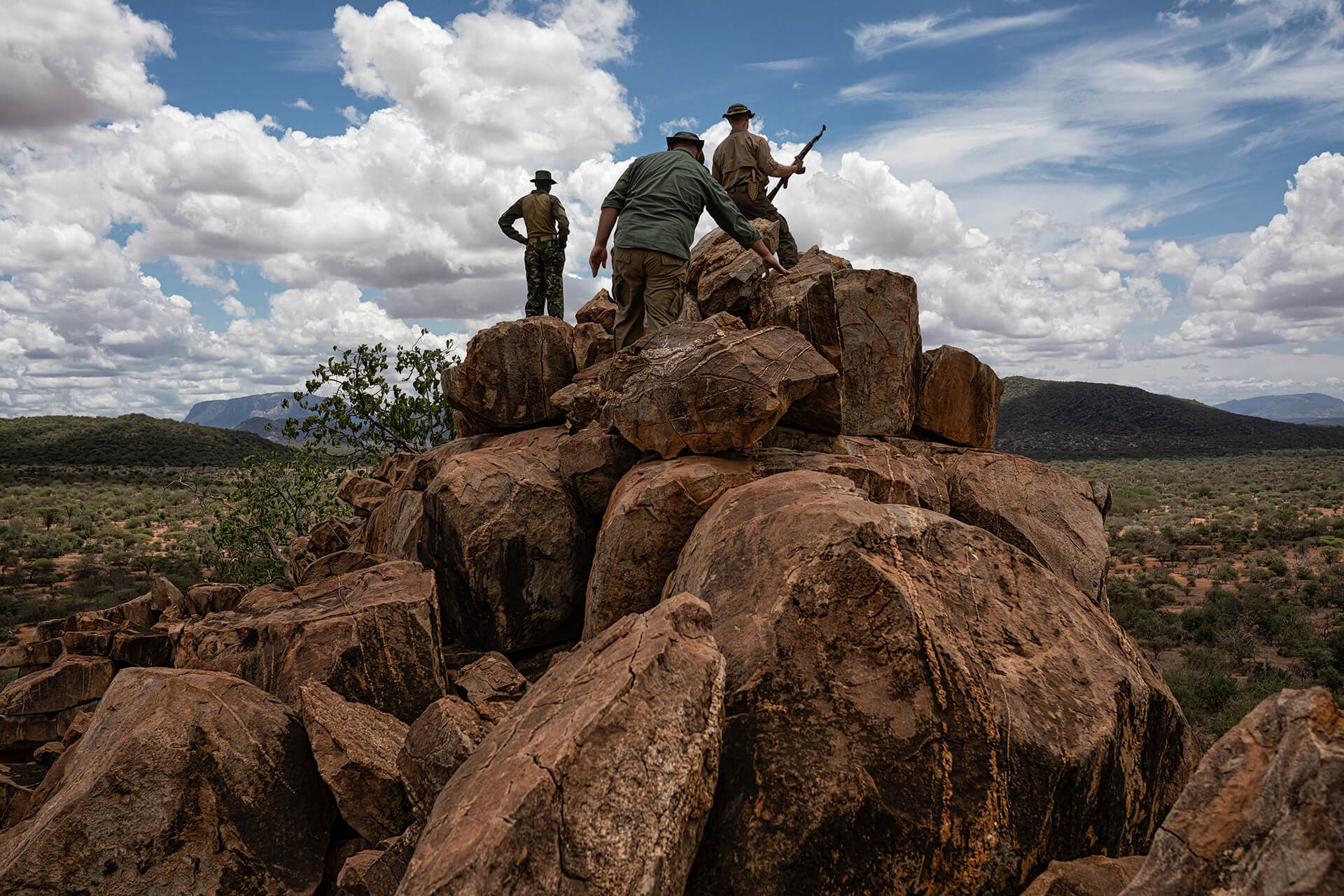
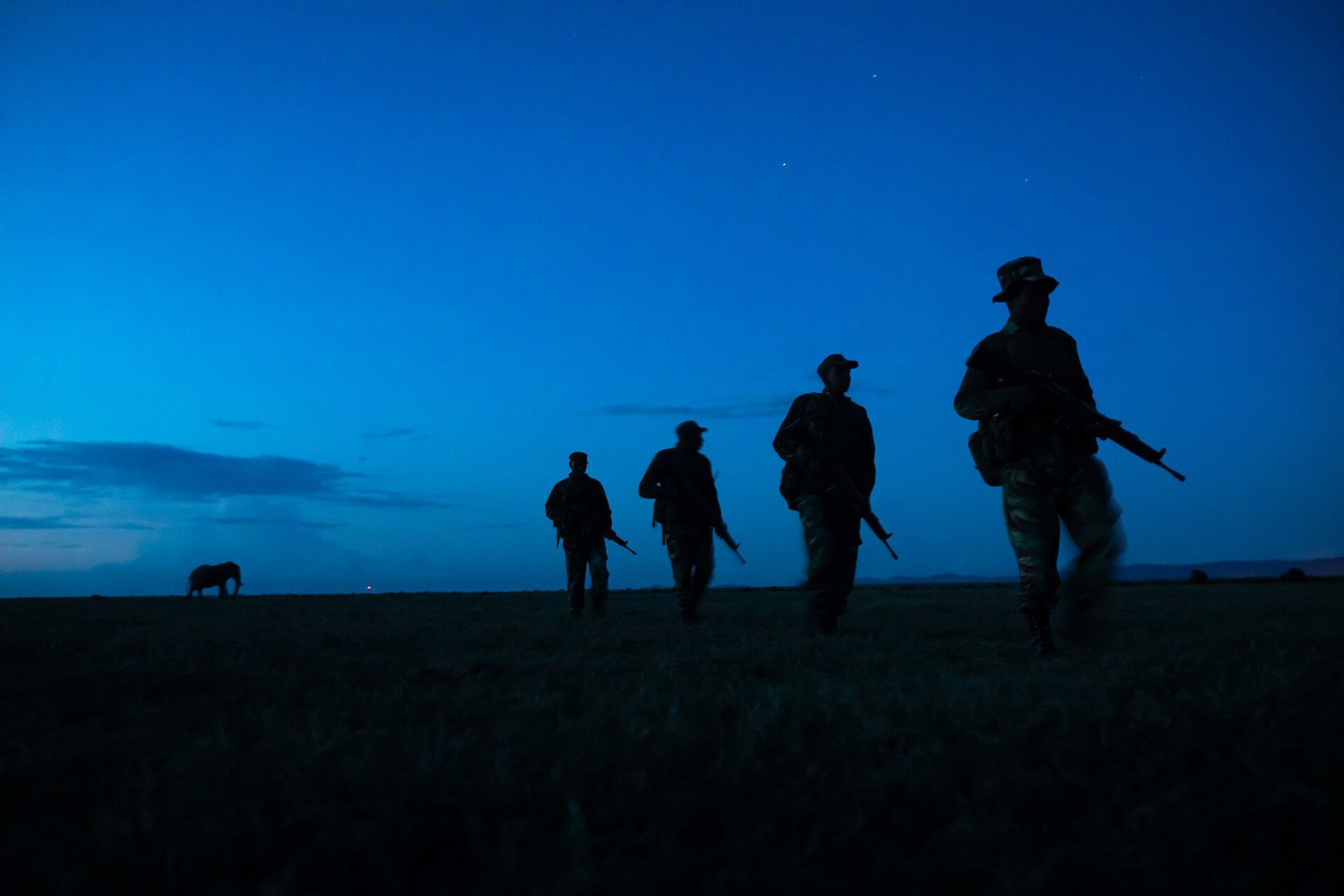
In the wake of the young female’s tragic demise, it may come as a surprise that the Samburu National Reserve is a success story.
The reserve, stretching along 165 square kilometers, is teeming with life. During our stay, Kenya was undergoing a COVID-induced lockdown. In a time when global tourism has been frozen, the animals of the wild have been afforded incomparably more peace than they are used to.
On every turn here, you could see an elephant family roaming the reserve. Or a wounded cheetah lying under a tree, recovering from scrapping with a lioness over an antelope. Out of the blue, the late afternoon sun could cast a nigh-miraculous sheen over a pair of Grévy’s zebras meekly trudging down the strip. While we observed a pack of giraffes, a large female lion quietly tramped over to our vehicle.
“We Are Basically at War”

The draconian Kenyan legislation passed in 2013 seem to be bearing fruit. And little wonder, given that under the new dispensation the punishment for poachers caught with ivory or rhino tusks is lifetime imprisonment.
At the same time, several parks and reserves started setting up powerful protective ranger units, authorized to use firearms in direct confrontation with the poachers. In many places, these rangers are better trained and better armed than the members of the Kenyan army and police. The safari is a key part of the Kenyan tourist trade. By now, the local communities have grown increasingly wise to the fact that the survival of the local animals is directly tied to their own survival.


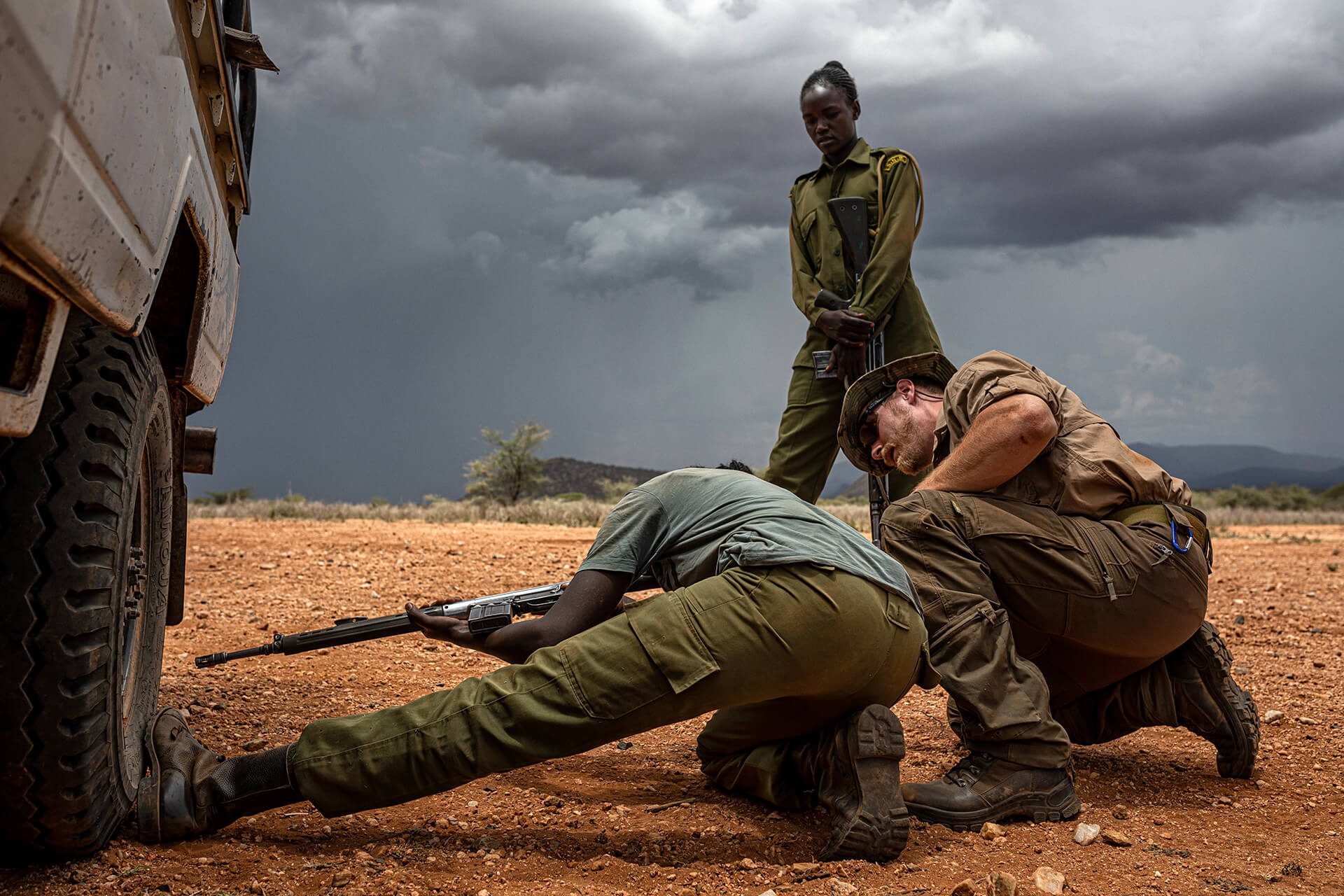
Struggling to survive, the locals started crossing the borders of the national reserve. That’s how the conflict with the wild was born. The reserve went as far as setting up two special corridors for the cattle, but the conflict only keeps escalating.
This synopsis could easily be stretched to the entire country – Kenya is one of those especially unfortunate countries where the wages of climate change coincided with a population boom.
With the COVID-19 pandemic wreaking such unprecedented havoc on the local economy, an increase in poaching was only to be expected. But rangers in Samburu were ready. The years of clashing with the Somali mercenary militias, who often trade ivory and rhino horns to finance armaments, have put the rangers in good fighting shape.
With the COVID-19 pandemic wreaking such unprecedented havoc on the local economy, an increase in poaching was only to be expected.
“I don’t like shooting,” Mike shook his head emphatically. “I try to resolve all matters through diplomacy. Therefore, cooperation with the local community is so important. But there is just no peaceful dealing with the foreign poachers. Again, we are basically at war. They are backed by some extraordinarily rich and powerful people. But I can tell you that so far, we’ve won every single armed battle. We know these parts as the back of our hands. Also, we’re the ones defending our homes, our animals and ourselves!”
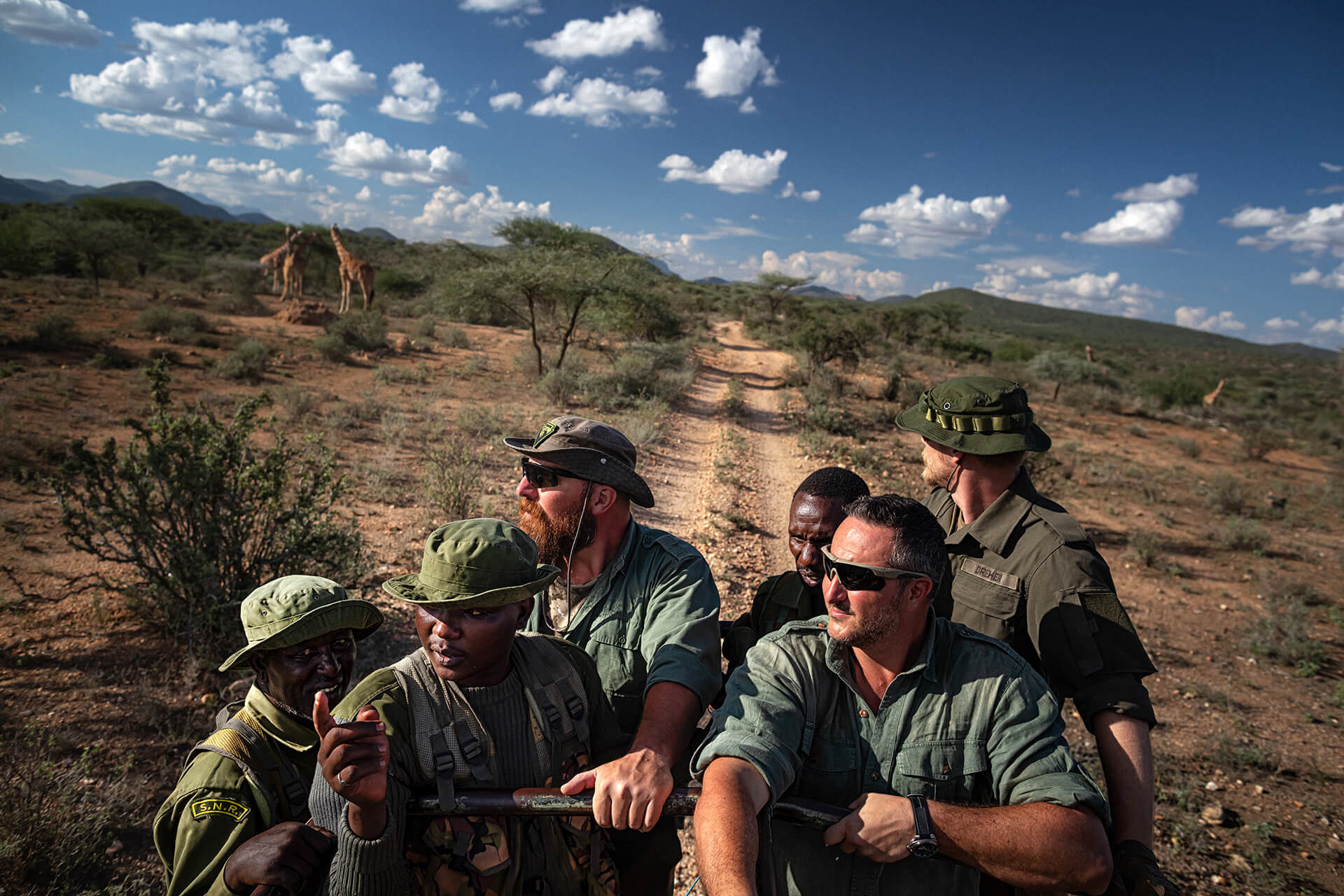

At the Samburu National Reserve, the sun had just risen above the green hills of Africa, growing less green with each year. The temperature was rapidly rising. The early morning’s freshness was becoming a distant memory. We boarded a Cessna plane, one of the truly classic old-timers, to soar above one of most astounding parts of the world.
For a while up there, we were unable to utter as much as a syllable. Our English pilot, Angus Carey Douglas, a member of the Save the Elephants NGO, eventually switched on the elephant tracker used by his organization to monitor herd migrations across a vast swathe of Africa.
In Kenya, around one hundred elephants are being tracked – seven of them at the Samburu Reserve. Tracking is an important component of the war against poachers. It is also an invaluable tool for the preservation of a species that, in the wake of the continent’s dramatic increase in poaching, was recently relegated back to the ‘endangered’ category.
The tracker gave off several increasingly plaintive bleeps. It had picked up the movement of an adult elephant named Edison.
Yet Edison, who likes to travel alone, refused to reveal himself. He was hiding somewhere between the river and the acacia trees. After a few rather magnificent spins we fixed our attention on a large elephant caravan. The row of ambulant dark spots on the vividly red ground was identified by Angus as The Royal Family.
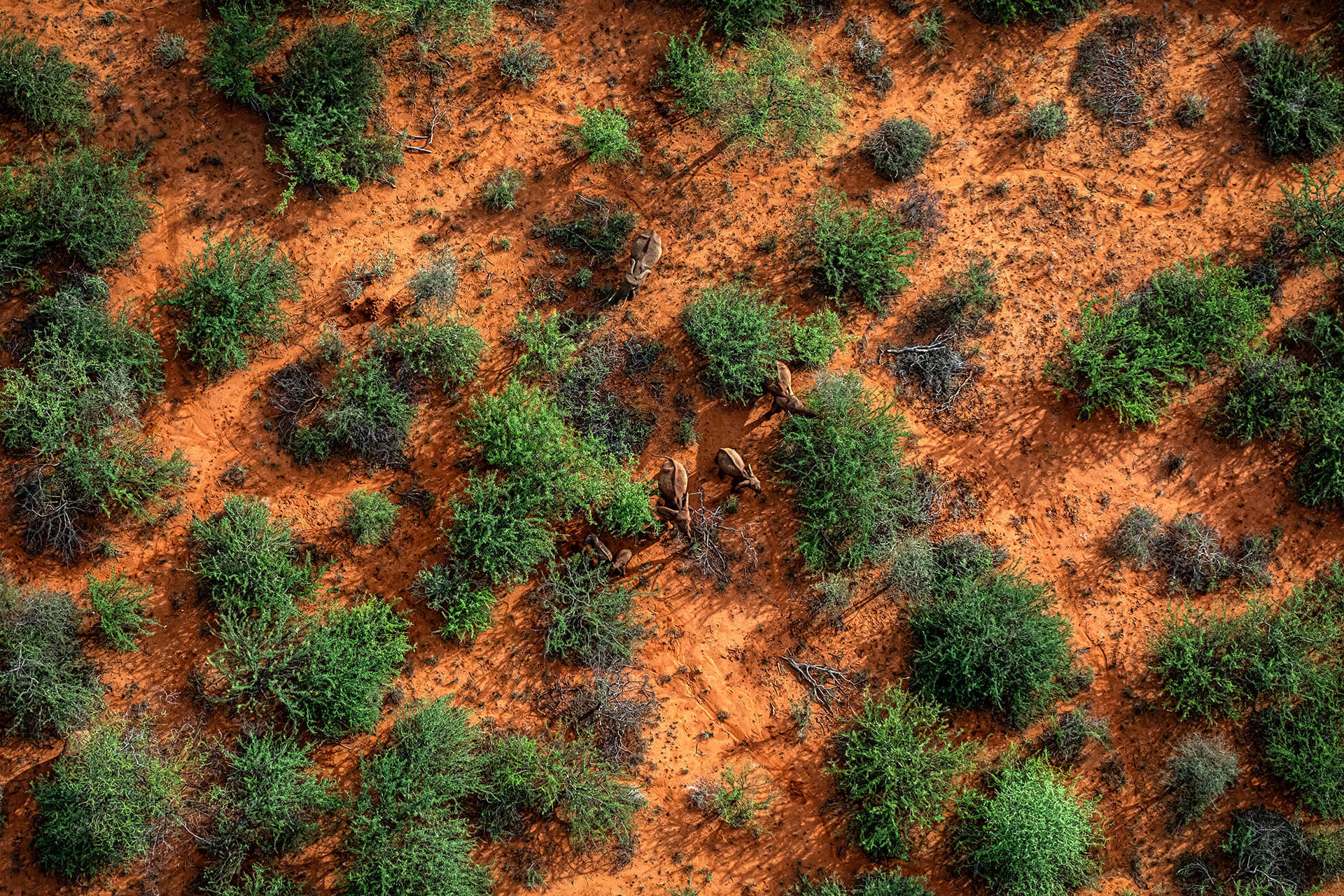
When we swooped low, the royals closed ranks. The matriarch instinctively protected the young, only to continue the trudge toward the Ewaso Ng’iro River. This year, its serpentine basin was especially slow to fill up.
“This is my favorite place to fly,” Angus enthused, handling the plane in as silent a mode as possible. “Not only because of the mountains, which always looked like monoliths to me. It’s down to me knowing the elephants are safest here. Despite of all the killing, they are still doing very well. You can see it not only in their numbers, but also in their migration patterns. Here at Samburu, nature preservation actually works!”
Feeding Time
At the Reteti Elephant Sanctuary, an orphanage for elephants, lunch time was fast approaching. Around here, lunch was served every three hours.
The staff were busy preparing special ‘elephant meals’: goat milk and powdered milk mixed with hot water and oatmeal. The containers were inscribed with the names of all the twenty-two elephants which live in the sanctuary.
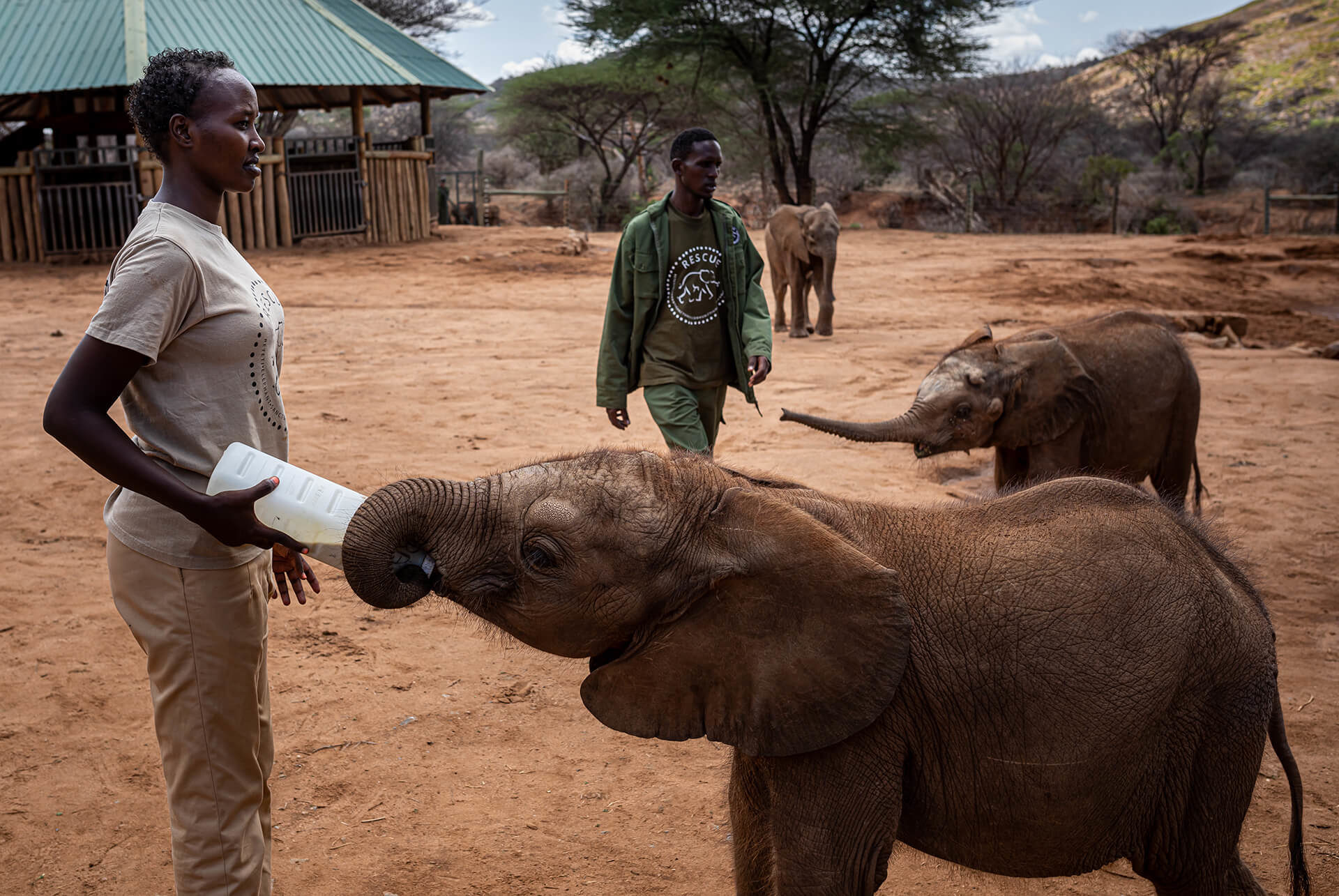
The wards have been divided into two categories: the younger and older orphans, the dividing line having been set at fifteen months of age. The older ones also get to feed while they roam the compound, while the younger ones’ sensitive skin prevents them from grazing under the scorching sun.
The elephants are named as soon as they arrive, usually according to the place they were found.
The reasons for them ending up here were varied. Their parents might have succumbed to poaching, disease, injury, vengeful attacks by the local communities, veterinary euthanasia, natural causes, drought, poisoning or attacks by other animals, to name just a few. The land, more recently, has seen a sharp increase of fatal falls into dried-up wells.
The Reteti Elephant Sanctuary is the first haven for orphaned elephants in East Africa. It is being run as a public institution, managed by the local authorities, and kept afloat by foreign donors. This is where all the orphans found north of Nairobi are brought to, since Nairobi is where the next such facility is situated.
The animals who had found their second home at Reteti can sense very well when the next meal is coming. And so the vast and roomy pen they reside in was becoming the source of evermore impatient trumpeting sounds. The translation from elephantese was hardly necessary, the message so clearly being: ‘PLEASE FEED US NOW!’
“Every elephant has its own distinct personality. Just like humans. They are exceptionally emotional creatures. They can respond both impulsively and in a profoundly thought-out fashion. Just like humans. When the young elephants are vexed with something – usually with a human – they get angry and sad and can often take to sulking. These fellows can carry a grudge, what with their memories being proverbially magnificent! They are also highly sociable and playful creatures. Here with us, they quickly find sufficient companionship to help them find inner peace,” we were told by Dorothy Lowaktuk, who is in charge of visitor relations at the Reteti Sanctuary.
“You see,” she continued with motherly approval, “the elephants take care of each other. We immediately noticed how every single one of our wards is bound to show interest in the wellbeing of each fresh arrival. They are so quick to establish mutual trust. They are exceptionally clever and teachable. The staff here pay a lot of attention to them. We try to give them plenty of the warmth they so clearly need. When they start growing up, we slowly begin to push them away. It’s the only way to start preparing them for repatriation into the wild.”
The sanctuary’s caretakers finally opened the pen gates. The youngest elephants were the first to be released. The not-so-tiny babies stormed the dining hall at a rapturous full sprint. Some of them immediately locked onto the containers held out by the staff, who kept humming traditional Samburu melodies as the babies fed. Some of the more impatient and enterprising ones grabbed the containers with their trunks and proceeded unaided. The white mush was running down their faces and feet, but they did not seem to mind.
Young elephants gain about a kilo of mass each day, two kilos on a good day. Since two kilos is the daily average of what the young ones gain, the next group at the trough wasn’t far behind. As of date, ten elephants have been repatriated in this manner – most of them near the place where they had been found.
